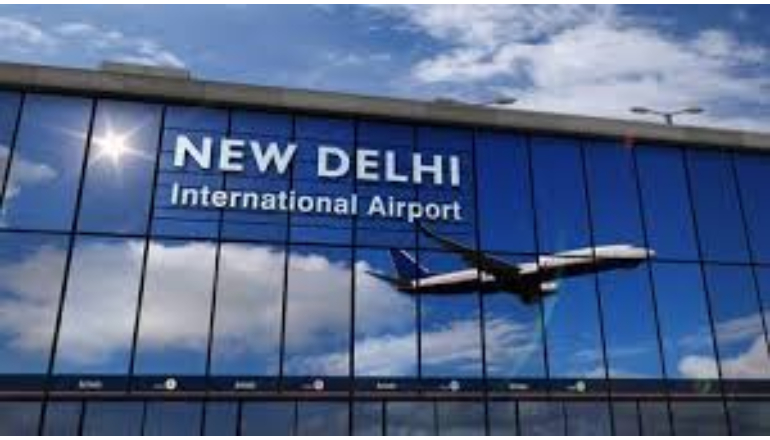IGIA or the Indira Gandhi International Airport has become the first Indian airport to achieve net zero carbon emission airport status (Level 5 certification) under the ACI’s ACA program.
The airport achieved Level 5 certification, reducing Scope 1 and 2 CO2 emissions by 90%, and remaining emissions have been addressed through offset removals, meeting ACA program requirements.
It adopted renewable energy, developing green airport infrastructures, promoting electric vehicles, and implementing zero waste to landfill programs.
Delhi International Airport Limited (DIAL), a subsidiary of GMR Airport Infrastructure Limited, announced the achievement. In a press release, it said the certification underscores the airport’s leadership in sustainability and carbon management. The initial goal is to become a net zero carbon emission airport by 2030.
Videh Kumar Jaipuriar, CEO, DIAL, said, “Reducing carbon emissions from airport operations has been a key focus for us at IGIA. Achieving carbon-neutral status in 2016 and Level 4+ transition accreditation in 2020 was just the beginning. With the attainment of Level 5 net zero emission accreditation in 2024, we have demonstrated our commitment to sustainability. We face the challenges of climate change. We are committed to reducing our carbon footprint and exploring sustainable aviation fuel to address Scope 3 emissions. Achieving ACI’s Level 5 certification before our target date is a testament to our dedication to sustainability and innovation.”

